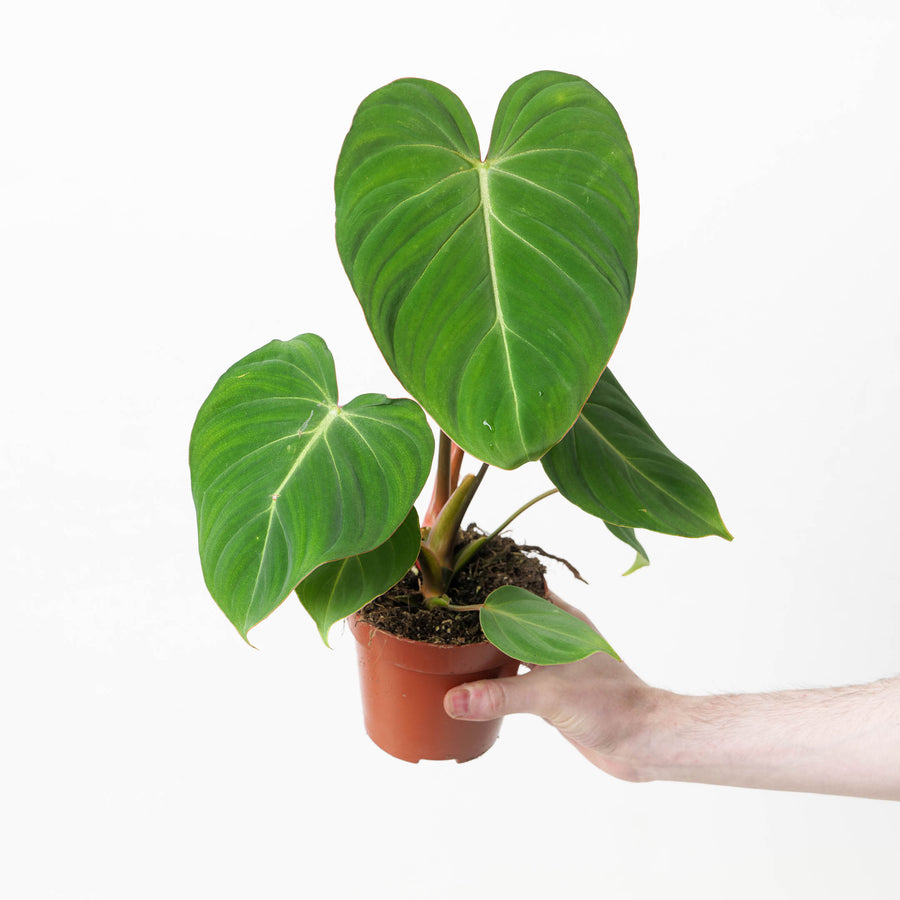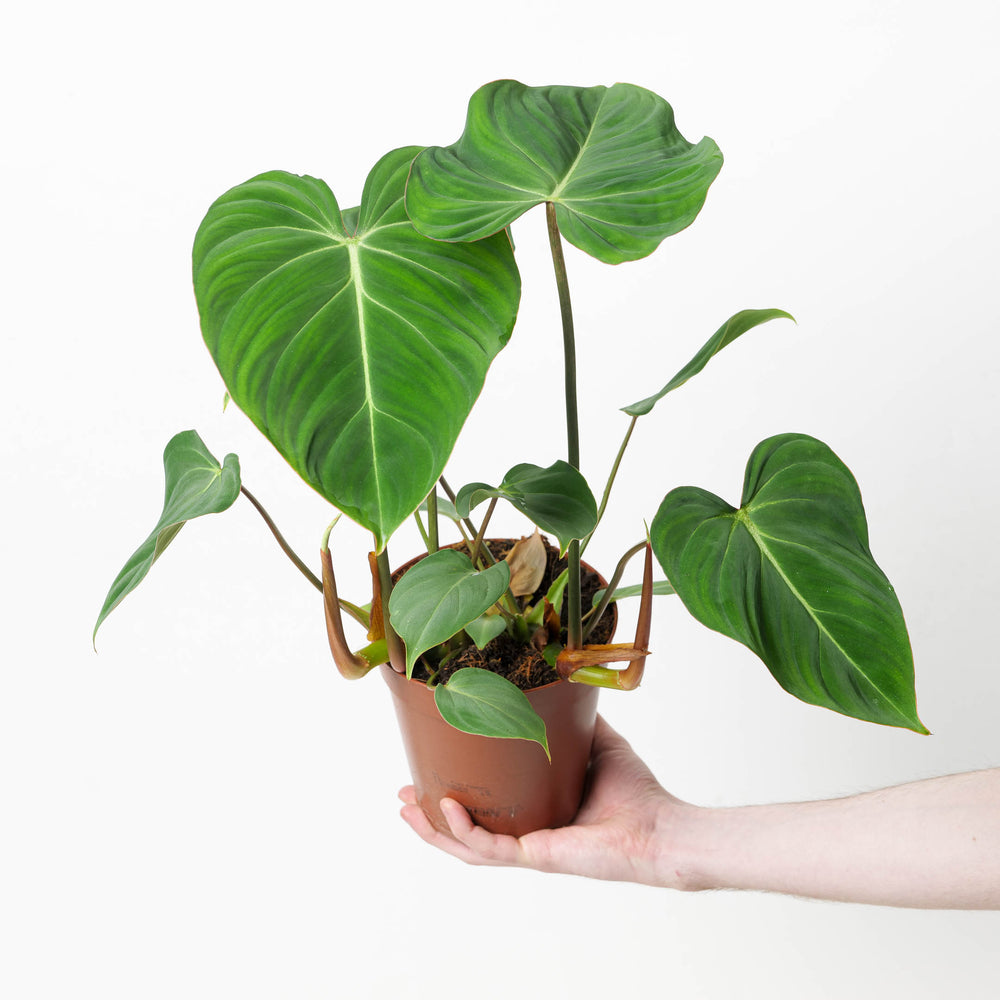Encyclia polybulbum is a compact, epiphytic orchid prized for its ability to produce numerous small, fragrant flowers. This species is distinguished by its dense clumps of pseudobulbs, each with one or two narrow, leathery leaves. During its flowering season, usually in spring, it produces multiple spikes bearing tiny, star-shaped flowers that are yellow to greenish with pink to purplish centres, creating a beautiful display. Encyclia polybulbum’s dense growth and abundant blooms make it particularly attractive in indoor orchid collections, where it thrives with minimal care under the right conditions.
This orchid is highly adaptable and easy to maintain, which makes it a good choice for both beginner and experienced growers. It does well mounted or in a small, well-draining pot, as its natural habit is to grow as an epiphyte on trees in its native habitat.
Native to
Encyclia polybulbum is native to Mexico and Central America, where it grows at higher elevations in semi-dry forests. In its natural habitat, it grows as an epiphyte on trees or rocks, where it receives bright, indirect light and experiences seasonal moisture variations.
Water
During its active growing season in spring and summer, water Encyclia polybulbum regularly, allowing the growing medium to dry slightly between waterings. In winter, reduce watering, as the plant enters a rest period and prefers drier conditions. Good drainage is essential to prevent root rot, so if grown in a pot, use a well-draining orchid mix.
Light
This orchid prefers bright, indirect light, similar to the dappled light it would receive in its natural habitat. An east-facing window or shaded south-facing window indoors is ideal. It can tolerate higher light levels than many orchids, though direct sunlight should be avoided to prevent leaf scorch.
Humidity
Encyclia polybulbum enjoys moderate humidity, ideally between 50% and 70%.
Temperature
This species thrives in moderate temperatures, preferring a range of 18°C to 26°C. It can tolerate slightly cooler temperatures at night, which may encourage flowering, but should be kept away from temperatures below 10°C. It adapts well to typical indoor conditions, as long as temperatures remain stable and free from cold drafts.









